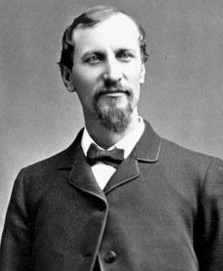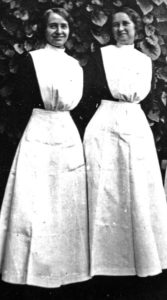I marched in my first demonstration this week, something that’s been on my todo list since I retired from newspapering in 2008.

When I was a newspaper reporter I couldn’t demonstrate for or against anything, for obvious reasons. I couldn’t put signs in our yard supporting a candidate for office either, or put political bumper stickers on our car.
But that was then and this is now.
Two days ago I joined thousands of others demonstrating for better funding for public education, an issue I’ve always supported with my vote because I figured it was the right thing to do. Now I also have a personal reason: One of my grandsons, Christian H. Stith, is married to an English teacher at Knightdale High School just outside Raleigh.

I’ve read about the school funding issue, including this piece by Gary Pearce, the top adviser to North Carolina’s only four-term governor, James B. Hunt Jr. [1977-85 and 1993-2001]. Hunt earned a reputation as North Carolina’s “education governor.” But the most convincing article I’ve read for school funding was written from a more personal viewpoint, by my grandson, Christian.
Here it is:
“Today my wife Rebecca and thousands of other people will be marching in downtown Raleigh in support of public education. A lot of people have a lot of different reasons for marching, but these are mine.”

“At my job, when I fill out a notebook or lose my pen, I can walk down to the supply closet and get another one, because my job wants me to have the tools I need to perform well. At my wife’s job, [Rebecca and I] set aside hundreds of dollars a year for her to buy school supplies for her students.”
“At my job, I’m encouraged to take regular personal days to maintain a healthy work/life balance. At my wife’s job, she rarely takes personal days, because the state docks her pay each time she does to cover the cost of a substitute teacher.”
“At my job, I have amazing health insurance, because my employer wants me to be in great health so I can be productive. We pay extra to add my wife to my plan, because her state health plan would cost her thousands more if anything went wrong.”
“At my job, I’m given six weeks of paid leave if we have a baby, because my employer understands that is an extremely difficult time of life and they want me to be at home while it happens. At my wife’s job, she does not get a single day of paid family leave.”
“At my job, my employer recognizes that my master’s degree is a valuable asset I bring to the table, and I am compensated for my professional dedication as well as the financial cost I incurred to earn it. At my wife’s job, her master’s degree is completely ignored by her employer.”
“At my job they do these things for me because they want me to be happy and productive. They know that if I’m not happy, I will find another employer who provides better support. They know that if I’m not productive, we will deliver a subpar product. But mostly, my employer provides me with the basic tools and benefits that I need to work because my employer respects me and values what I do.”
“I make video games for a living. My wife teaches English at a low-income public high school. My wife’s job is infinitely more important to the future of North Carolina than mine. And yet my wife’s employer, the state of North Carolina, does not provide her with remotely the same level of support that I receive. Because it has become clear that the state does not respect her, and does not value what she does.”
“Do you?”
NOTE: We chanted several different slogans as we marched up Fayetteville Street to the Capitol. My favorite: “This is what democracy looks like.”
Coming Monday: The Bribe


